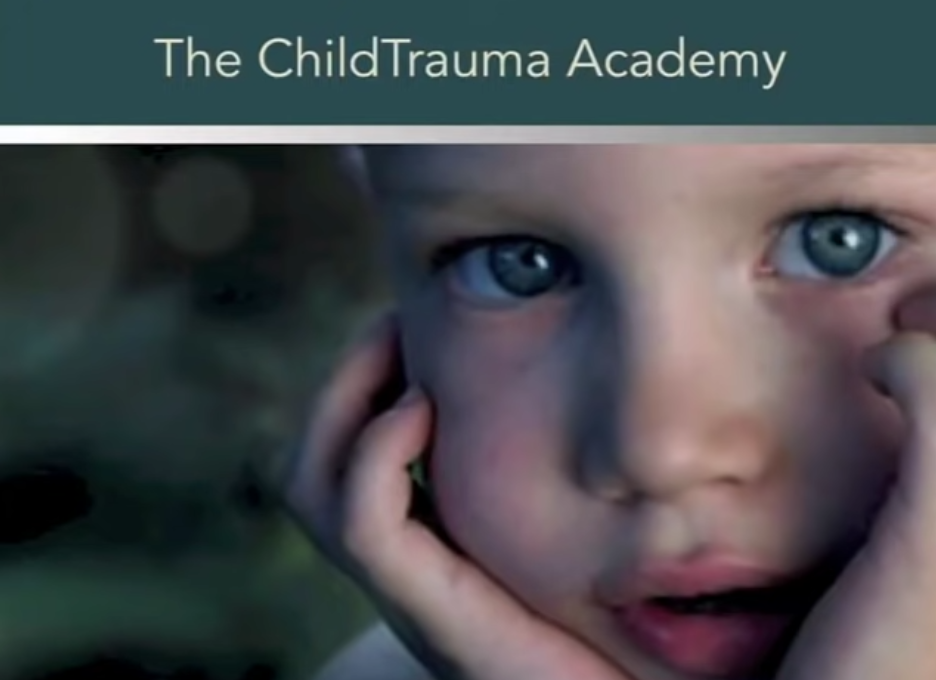Many people have heard of the fight, flight, freeze, or fawn phenomenon. This survival instinct was developed over time to protect ourselves and ensure the continuation of the human species. But what happens when this instinct becomes maladaptive? Children who have experienced traumatic events often become stuck in this survival mode. Their reaction may take the form of angry outbursts, detachment, running away, or other dangerous behaviors. A primal reaction that may have once kept them safe now inhibits their ability to learn and form healthy attachments with others.
In the VOICES education program, CASA volunteers learn how to approach a child who is trapped in their survival mode. Telling a child that they are safe is not enough. They must be made to feel safe in their body and brains. CASA volunteers learn how to use their tone of voice, spatial positioning, and body language to invoke a feeling of safety in a traumatized child. With repetition and continuous positive regard, CASA’s can help a child’s brain move from fear to connection. Meeting this basic need of safety allows a child to learn more adaptive skills and ultimately form healthy relationships with the safe people in their lives.
To learn more about the threat response, check out this short video by Dr. Bruce Perry, M.D., Ph.D.





